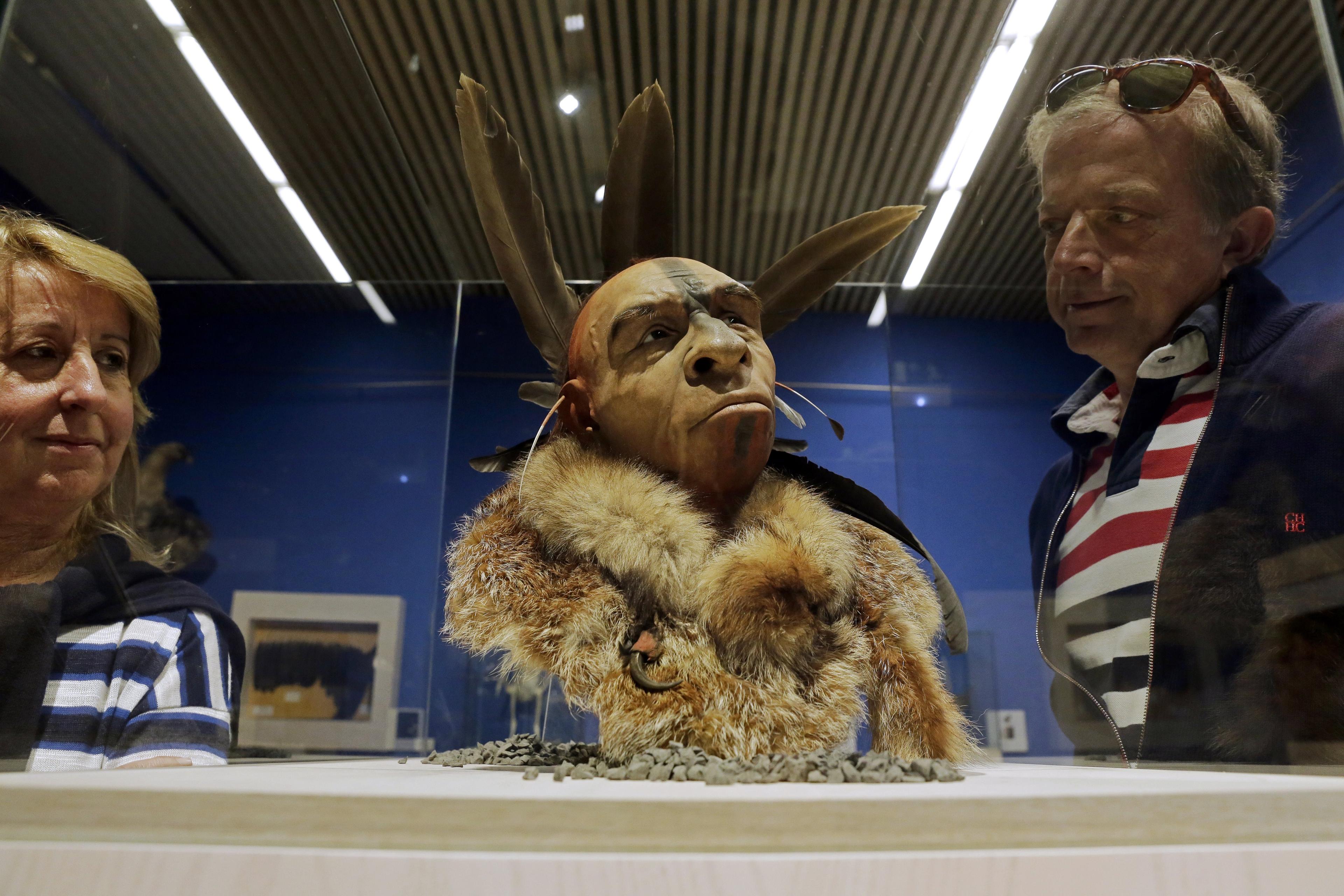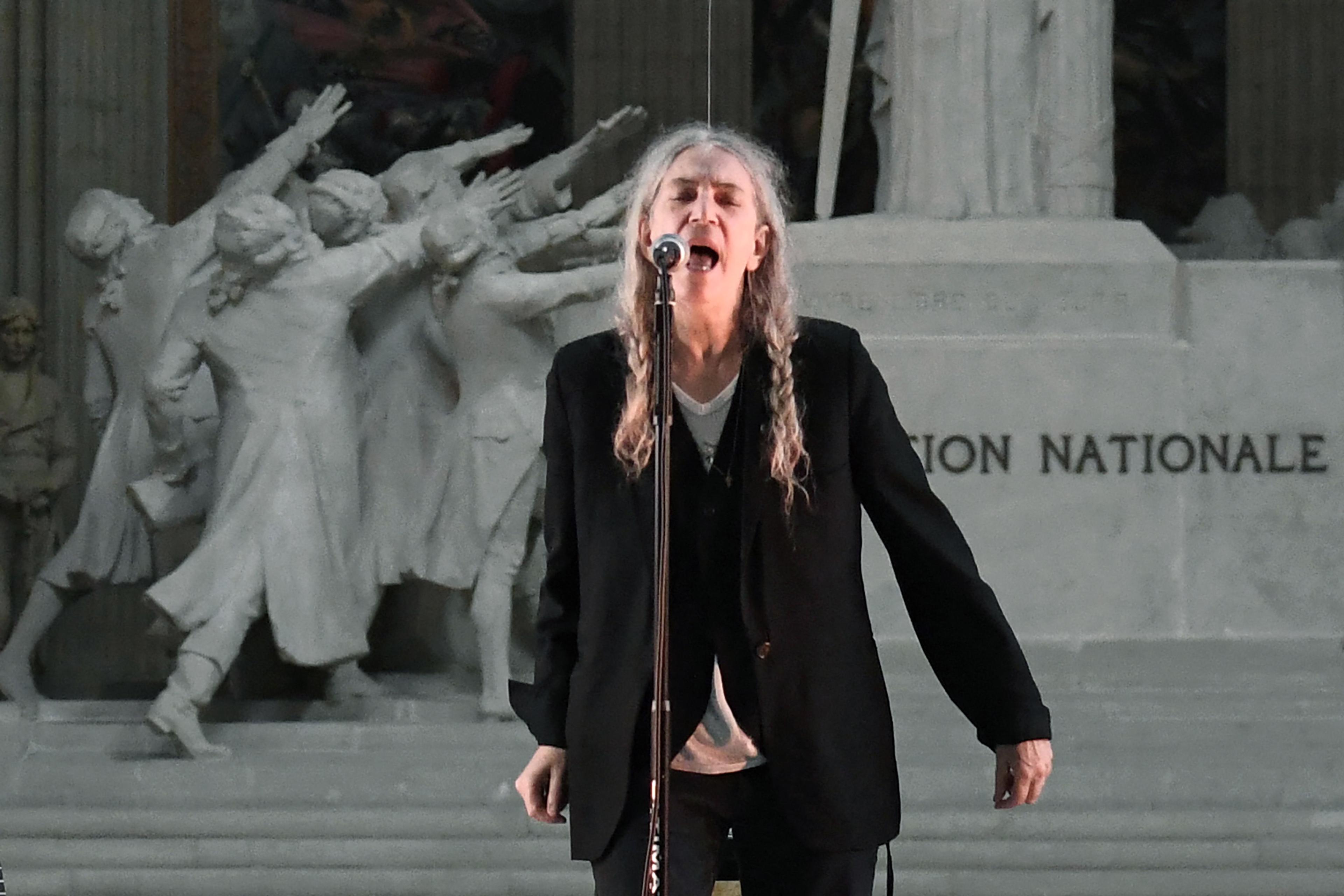Metaphor is the law of growth of every semantic. It is not a development, but a principle.
– from Philosophy in a New Key (1941) by Susanne K Langer
Words are incorrigible weasels; meanings of words cannot be held to paper with the ink.
– from Mind: An Essay on Human Feeling, Vol III (1982) by Susanne K Langer
Metaphors are double agents. They say one thing and mean another. Their purpose within the symbolic order is to amplify, not deceive – to grow the stock of shared meanings. When we invoke a metaphor, we dislodge words from their literal perch. Our words become ambidextrous, stretched by analogy. We can say new things.
This was among the more important claims made by Susanne K Langer (1895-1985), a neglected American philosopher now experiencing a revival. Langer began her career when the analytic approach was in its formative stages. Women philosophers were rare, and women philosophers specialising in logic were an anomaly. However, the argument she made in her bestselling Philosophy in a New Key (1941) – that music and the other arts bear logical insights that language, science and mathematics can’t capture – served to marginalise her from a philosophical establishment that was, by then, hostile to women. One of Langer’s students, Arthur Danto, later explained why he rarely cited her: in graduate school he picked up that she was regarded as ‘poison’ to a philosophical career.
When interest in metaphor surged in the late 20th century, Langer’s contributions were overlooked. Metaphors We Live By (1980), George Lakoff and Mark Johnson’s blockbuster, doesn’t mention Langer. Nor does their 600-page sequel Philosophy in the Flesh (1999). She rarely appears in other serious works on metaphor. Her insights are consigned to the stacks, obscured to students of the subject. She deserves to be unshelved, to win a new readership, for her lucid account of metaphor’s generative power.
Metaphors, for Langer, are more than just the ardour in a poet’s ink. They are the dynamic force of everyday communication, prosaic as well as artful. In their way, metaphors are as important to you and me as they were to Shakespeare and Wordsworth. Some examples, high and low: in 1942, the existentialist Albert Camus evoked the plight of the mythic Sisyphus as a metaphor to convey the absurdities of modern life. The film Groundhog Day (1993) does something similar. Metaphor’s analogical reach also explains why the units of energy of motorboats, lawn tools and cars is still measured in horsepower in the 21st century. As Ralph Waldo Emerson explained in ‘The Poet’ (1844): ‘Language is fossil poetry.’ When metaphors enter into common usage, they lose their wings. Their origins tend to be forgotten: so, today, we focus on the power of our machines, and barely notice the horses are still there.
The etymology of the word ‘metaphor’ is from the Greek ‘transfer’, with the suffix ‘meta’ meaning ‘beyond’ or ‘after’, as in ‘metamorphosis’ or ‘metaphysics’. For Langer, metaphor is the ‘key’ to understanding human evolution and the development of civilisation: religion, science, literature, music and art. She was not the first thinker to claim that metaphor is much more than a figure of speech. German philologists of the 19th century appreciated the crucial role that metaphor played in the development of language. Inspired by Emerson’s poetics, Friedrich Nietzsche crafted a theory of knowledge in which truth is a social covenant composed of worn-out metaphors.
As the metaphor gets taken up – if it’s used enough – the word will fade to the literal
For Langer, the analogic ‘principle’ that metaphor supports allows us to make sense of our own experience as well as to ‘represent’ that sense in symbols that can transcend time and space. As she explained in Philosophy in a New Key:
We play on words, explore their connotations, evoke or evade their associations; we identify signs with our symbols and construct the ‘intelligible world’; we dream our needs and fantasms and construct the ‘inner world’ of unapplied symbols. We impress each other, too, and build a social structure, a world of right and wrong, of demands and sanctions.
Metaphor, for Langer, is language’s law of growth. When there is no word available to express a new thought, we reach for analogy – for familiar language that denotes something similar – and apply it to the new thought. We may send it out on its own or alter it in some way by, for example, adding a prefix or suffix. Our listeners grasp that the word isn’t meant literally – that it serves here as proxy for a new idea or object. The literal meaning is a symbol for the figurative meaning, the ‘thing that has no name of its own’. As the metaphor gets taken up – if it’s used enough – the word will fade to the literal, as ‘horsepower’ has for most of us. Its metaphorical quality dissipates, thereby expanding the language’s denotative stock – so the word can be lent out again to express another novel thought.
Langer illustrates this growth process with a poetic metaphor: a brook that is ‘laughing in the sunlight’. The phrase evokes the idea of laughter to suggest the brook’s unstudied course. It is a live metaphor, in contrast to the sentence ‘The brook runs swiftly.’ The ‘runs’ here was once a metaphor, but has long since settled into a literal meaning, something like a ‘shallow rippling flow’. As Langer notes, when we hear a ‘rumour runs through the town’, we think ‘neither of leg-action nor of ripples’. The word has come to denote a coursing-through – it has taken on, that is, a general, versatile character. ‘Runs’ is a faded metaphor, among thousands of others: ‘[O]ur literal language is a very repository of “faded metaphors”,’ she concludes.
In this way, language is built up bit by bit, word by word, through slow, metaphoric accretion. Langer held that the analogic motor (or fountain) of metaphor was running at the beginning – even before the prehistoric limen of language. This is a speculative view, of course, but she secured her claims in the early literature of evolutionary anthropology. She encouraged her readers to imagine a frenzy of symbol-making, a ‘sumptuous prodigality of symbols’, as early humans coped with the tumbling currents of raw sensation that wash over us all. For them, the act of perception was (as it is for us) a sorting-through – a selection from the blooming, buzzing confusion. Homo sapiens made active sense of their world, recognising forms – basic shapes or patterns – in their sensational stream. Thus, to perceive, for our ancestors, was to conceive: to see one thing (the sensory onrush) in another (the perceptual shape given by the mind and primordial cultures). That is, our predecessors were already abstracting.
‘Abstraction’ may be the most important word, and concept, in Langer’s thought. By abstraction she means the process of recognising something in common, something shared, in more than one thing. Perception, in this sense, is spontaneous and natural, as it was even for our language-less forebears – and may also be within the repertoire of the preverbal stage of early childhood. By recognising forms or patterns in the throng of impressions crowding the mind, our ancestors identified things in common – nameless, as yet, but captured in mental imagery. Once unmoored from the original sense-experience, which is to say abstracted, images could act as symbols for other things and states. Aspects of the physical world like fire, registered in imagery, could in turn connote – come to express – ideas like passion and activity. Langer reminds us that dreaming has this quality: ‘madly metaphorical fantasies’ filled with ‘riotous’, and mostly imagistic, symbolism.
The point is that metaphor, as ‘abstractive seeing’, predates language. Every new experience, or novel idea, is apprehended through metaphor – that is, in terms of something else. Once language, as a stock of public meanings, takes initial hold – Langer had her theories here too – its spread and growth is powered by metaphor. With no name to express new thoughts, we reach for a surrogate, a word or phrase with a connotation in common. The word itself, thanks to the extension, takes on a more generic colouring in the process – becomes, that is, more abstract, more widely serviceable. In this way, according to Langer, we are ‘forever laying down a deposit of old, abstracted concepts in an increasing treasure of general words.’
Each word in a living language carries a trace of every meaning it has ever had
Thus, the power of seeing one thing in another is how language keeps step with human experience and thought. Metaphor’s ‘true nature’, Langer wrote, is to make us ‘conceive things in abstraction’, which, in turn, is our ‘greatest mental achievement’. Whenever the pool of felt meanings floods the levee of shared expression, metaphor comes to the rescue: say one thing, mean another, and expect the meaning to be understood.
One by-product of what Langer called ‘metaphorical extension’ is that each word in a living language carries a trace of every meaning it has ever had (‘like an overtone’) and every association it has acquired (‘like an aura’). Even as social convention fixes a word’s general usage in time, the older meanings linger, which can make certain words better fit to express this or that ‘wordless insight’.
One of Langer’s legacies is to help us see that language – to stay fresh, to keep step – needs words to be ‘incorrigible weasels’, double agents. Words mean more than we can say, which lets us say new things with old words. Metaphor, Langer reminds us, is what makes ‘human life an adventure in understanding’.








